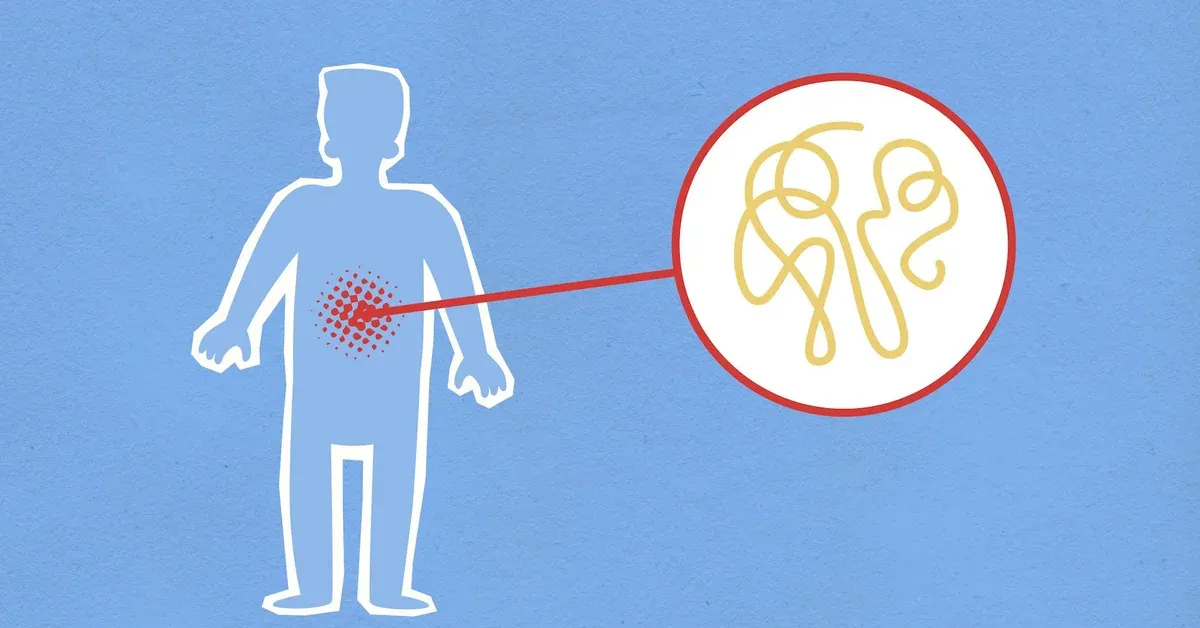
Forget everything you thought you knew about breathing. Turns out, your butt might actually be capable of it. Yes, you read that right. A groundbreaking study, initially celebrated with an Ig Nobel Prize for its sheer absurdity, has now paved the way for human trials into what scientists are calling enteral ventilation – a potentially life-saving method of delivering oxygen through the rectum.
What started as a head-scratching curiosity has rapidly morphed into a viable medical innovation. This isn’t just a funny science tidbit; it’s a serious development in emergency medicine, offering a radical new way to get oxygen into the body when conventional respiratory support fails. It challenges our most fundamental assumptions about how the human body works, and what it’s capable of under extreme pressure.
The Butt of a Scientific Joke
The annual Ig Nobel Prizes celebrate scientific achievements that “first make people laugh, and then make them think.” In 2024, the physiology prize went to a brilliant, albeit delightfully weird, team of Japanese and U.S. researchers. Led by Takanori Takebe from Cincinnati Children’s Hospital and Tokyo Medical and Dental University, their work demonstrated that mammals—specifically mice, rats, and pigs—could effectively absorb oxygen through their anus, bypassing their lungs entirely.
The initial experiments were elegantly simple yet utterly bizarre. Scientists found that by administering an oxygen-rich liquid, a perfluorocarbon, into the rectum, animals suffering from respiratory distress could recover. It was an observation that sounded like something out of a sci-fi comedy, quickly earning its place in the pantheon of Ig Nobel laureates. But beneath the surface-level humor lay a profound scientific discovery with immense potential.
Beyond the Giggles How Rectal Oxygen Delivery Works
So, how exactly does this “butt-breathing” (or more formally, intestinal ventilation) work? The science centers on the intestinal lining. While traditionally known for nutrient absorption, the intestine is also surprisingly adept at gas exchange under the right conditions. The key is using a liquid that can carry a high concentration of oxygen, like the perfluorocarbon used by Takebe’s team.
When this oxygen-rich fluid is introduced into the rectum, the intestinal walls absorb the oxygen, transferring it into the bloodstream. It’s a bit like artificial gills, or even mimicking the way fetuses get oxygen before their lungs are fully developed. This method effectively bypasses the compromised lungs, providing a critical lifeline for patients severe respiratory failure. The goal is to ensure the body gets oxygen even when the main breathing pathway is shut down.
From Lab Animals to Human Trials (Yes, Humans)
The journey from a quirky animal study to human application is often long and fraught, but the urgency of severe respiratory conditions has accelerated this research. Following the promising animal results, the concept of rectal oxygen delivery quickly moved into first-in-human trials. These studies, conducted in Japan, focused primarily on assessing the procedure’s safety and tolerability in healthy male adults.
Early findings from these human trials are exploring if the method is viable and safe for patients who cannot receive enough oxygen via traditional oral or nasal routes. The implications are enormous for emergency situations, intensive care units, and even potential scenarios like space travel where conventional ventilation might be impractical. It shows a willingness to look past our ingrained ideas about bodily functions, pushing the boundaries of what’s medically possible.
As one researcher involved in the studies noted, the initial reaction might be disbelief, but the underlying science holds incredible promise for patients in dire need. The fluid used is designed to deliver oxygen effectively without causing undue discomfort or complications, making it a potentially crucial tool in a doctor’s arsenal for fighting severe oxygen deprivation.
The Future of Breathing Beneath the Belt
While the image of “butt-breathing” might still elicit a chuckle, the serious potential for medical advancement is undeniable. This innovative approach to oxygen transfer could revolutionize how we treat acute respiratory distress syndrome, pneumonia, and other conditions that lead to critical respiratory failure. It offers hope for patients when their lungs are simply unable to cope, providing a novel way to keep them alive.
Japanese researchers and their international collaborators are damn proud of this work, and they should be. It exemplifies how “useless science” can become profoundly useful. The scientific community is now investigating further into the optimal perfluorocarbon formulations and delivery methods to maximize efficiency and patient comfort. This exploration of the body’s hidden capacities proves that sometimes, the most unexpected paths lead to the most groundbreaking solutions.
This Ig Nobel-winning research underscores a vital lesson: sometimes, the wildest scientific ideas aren’t just for laughs. They can fundamentally reshape our understanding of biology and lead to breakthroughs that literally save lives. The next time you’re facing a medical problem with limited options, remember the butt-breathing study, and believe in the potential of science to find solutions in the most unconventional of places.
For more detailed scientific insights into the animal studies, you can read the original research in the journal Med00139-1). Further information on the human trials’ feasibility and safety can be found in a study published in eLife.